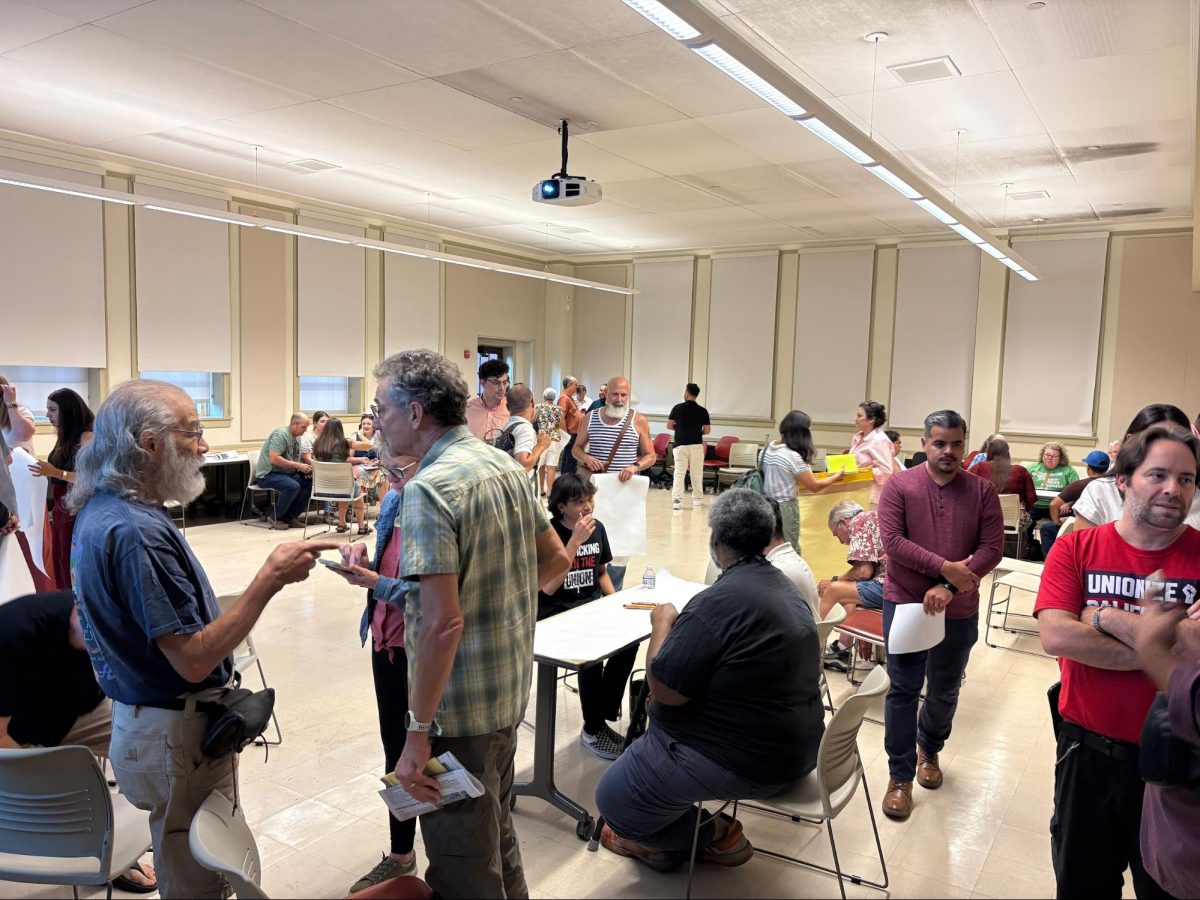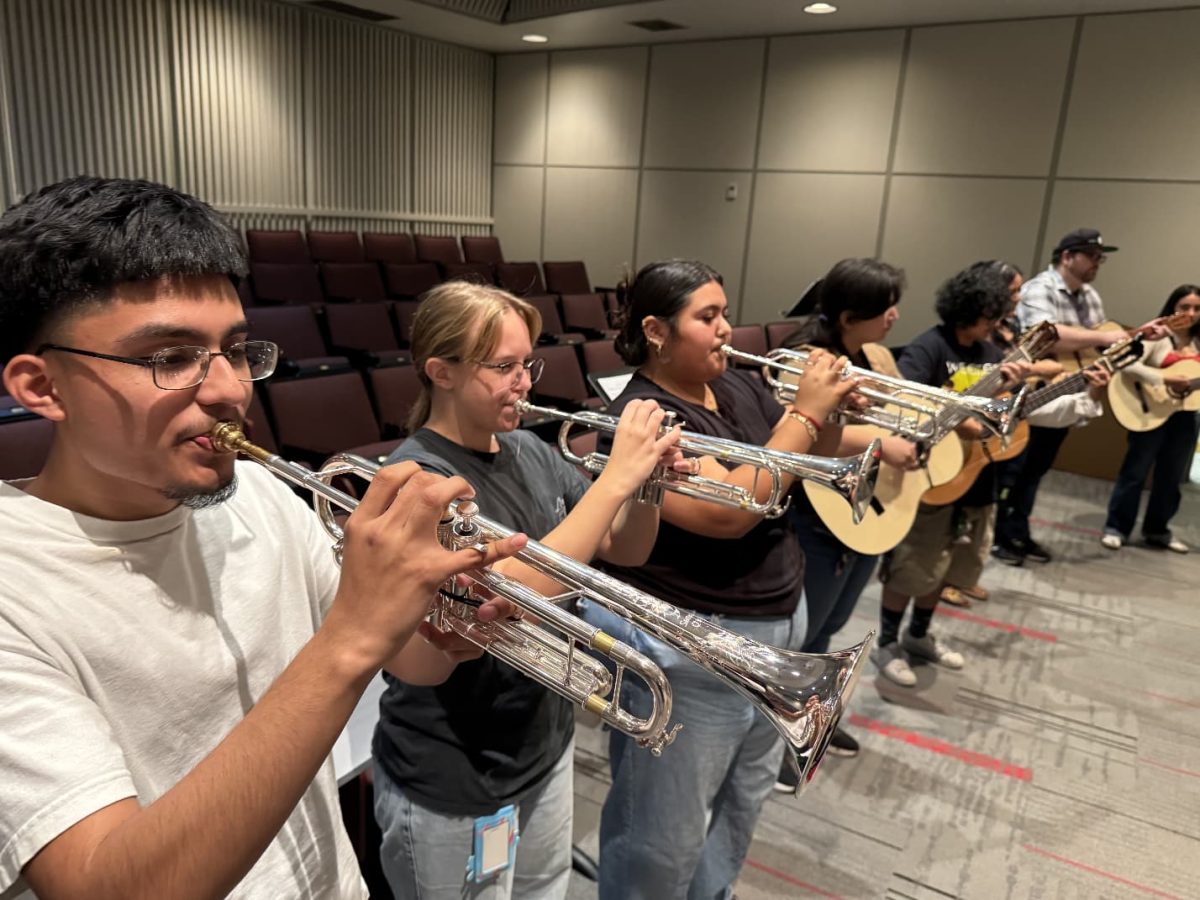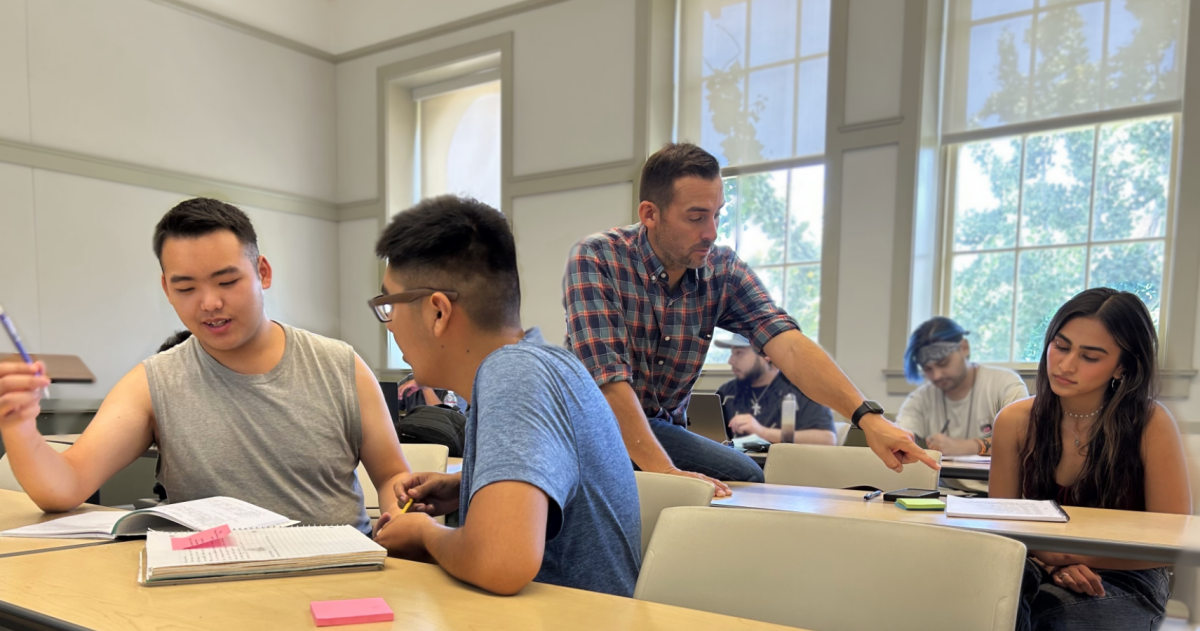Today’s student is facing desperate times.
Class offerings are cut down drastically; part-time professors are being laid off; fees are rising and counselors’ hours are shortening.
Many students depend on the night classes offered, but the library closes at 7 p.m. Monday through Thursday and is closed on weekends.
Our full-time professors are asked to bear the weight of overcrowded classrooms while simultaneously turning away hundreds of students due to strict caps.
Students cannot sit and wait for their rights to be handed to them. Like students in past generations, we must let those in charge know what we can and cannot tolerate.
It was the G.I. Bill of the late 1940s and the Master Plan of California in 1960 that really brought forth the public funding for higher education. Veterans were coming home to high unemployment, and the society needed to find a place to put them.
So what did the state decide to do? Pay for their education, housing, and books. The restructuring of the UC, CSU, and community college systems meant that men largely from working-class families, including men of color (and mostly men), who may not have had the opportunity to access these educational institutions, began to move up in academia.
In the 1960s, nontraditional students, including women, gained access to institutions of higher learning through the free tuition of community colleges and began to make demands that were not unheard of but not popular with the older, repressed, and conservative generations that were accustomed to an institutionally racist and sexist system of education.
It was this new college population that helped fuel the social movements that have become immortalized in the collective memory of this country: the Free Speech Movement, the anti-war movement, women’s and gay rights movements, the civil rights movement, and the fight for Ethnic Studies and a call for a more equal representation of minorities and their history in higher education.
All the while, the rest of the world was up in arms against the powers of imperialism through independent, democratic revolutions and uprisings. The same global movements can be seen today in the Arab Spring, the anti-austerity movements in Europe, and Chile’s student movement for a fully-funded public education system.
Despite the gains made 50 years ago, so many of the same struggles are still present today. The priorities of today’s society seem, at the moment, to be either one of two things: basic survival on one hand and massive private profits of impossibly powerful corporations on the other. Students fall under the first distinction. Close to 70 percent of FCC students are eligible for financial aid. Despite this monetary award to help with the expenses of being a student, most students have more than one job or are struggling to find a job in a jobless economy.
Even the rhetoric is beginning to change. Last semester, at a Board of Trustee meeting attended by two dozen FCC students and faculty, Trustee Patrick Paterson clearly stated, “Open access is out the door.” Paterson was the only member of the Board willing to be honest about the fact that the community college was no longer going to serve the community and put students first.
The community college was, for the first time, going to begin closing its doors to many students as fees increase and class offerings become less and less. Remember that line of students standing against the wall of your English class trying desperately to add it? Those lines are only going to get longer.
The State Center Community College District is holding on to $41 million in reserves, up from $34 million last year. The CSU Board of Trustees voted to raise the salary cap of CSU executives to $350,000 at the same meeting they voted to increase student tuition by 12 percent. In a few years, the UC undergraduate tuition could jump 16 percent annually, to more than $22,000 if state funding does not increase. This year, UC tuition is up to $12,182, not including housing or campus fees.
Public education is now drastically standardized and professors are dealing with incoming students that have not been asked to be critical, creative, or analytical in their K-12 education. But they can fill in bubbles on a test marvelously.
The student is understandably left with a “get in, get out” mentality. This makes it nearly impossible to create an atmosphere on the campus of intellectual activity. Few are the lectures, cultural, and other intellectually enriching activities traditionally associated with a California college campus.
The difference between students today and the students of the 1950s to early 70s is that they made demands of their society. No matter how outlandish, radical, or “un-American” they sounded to conservative ears, they made themselves heard.
There are big questions about the role that we as students have to play in all of this. It is time these questions are asked. As students we must think critically of the answers we are given, and we must begin to get together to discuss what our own answers will be.
Categories:
Students must take charge of their own future
Story By: Mia Barazza Martinez, Rampage Reporter
November 16, 2011
0
More to Discover






